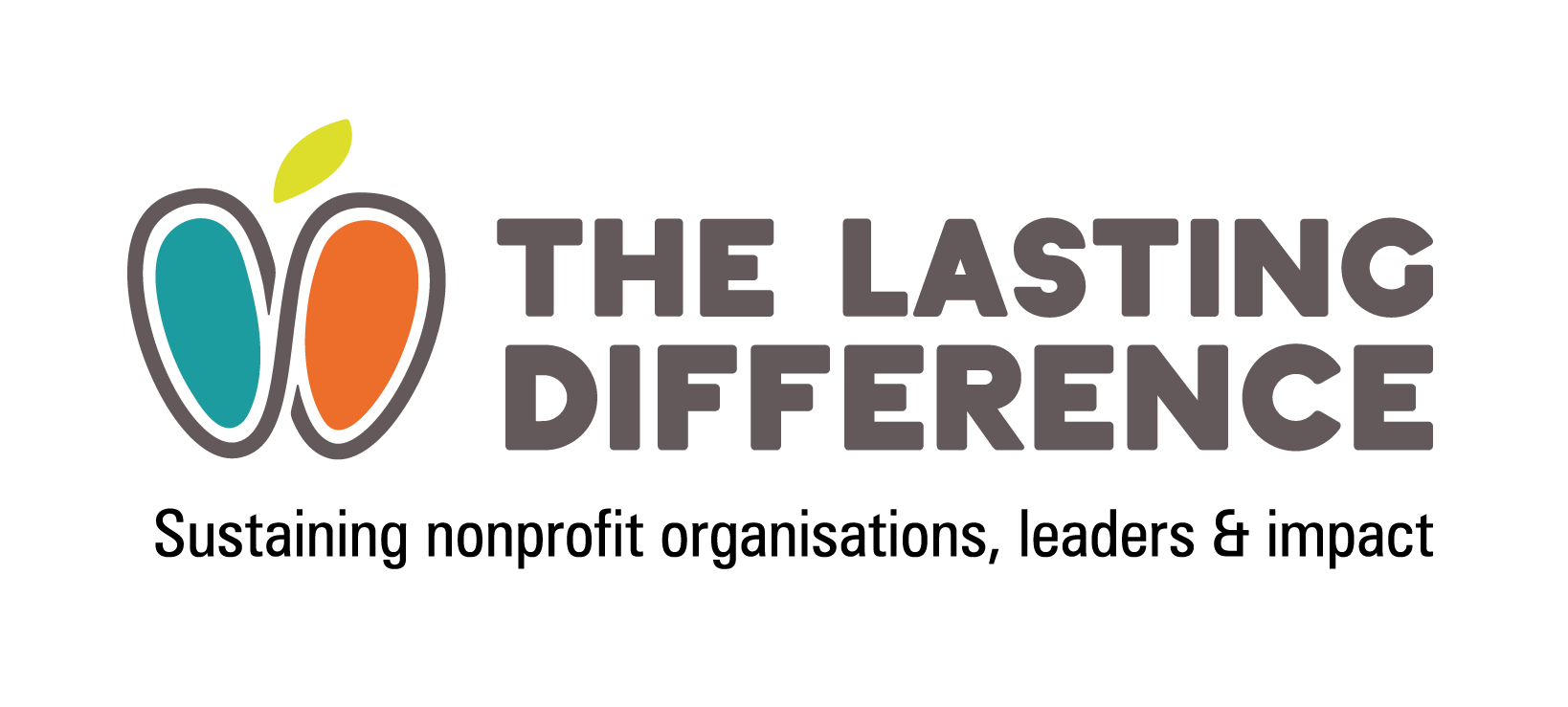[vc_row][vc_column][vc_column_text]When we began researching sustainability in non-profit organisations, it seemed like a potentially limitless subject. It could potentially involve anything to do with running any organisation! We didn’t want to rewrite the rulebook on managing organisations or duplicate existing models and frameworks. But we knew that no single framework existed to convince us that non-profit sustainability had been cracked. We needed to focus on what sustainability really means. And it means different things for different organisations and contexts. So rather than developing a set of steps to follow or standards to comply with, we identified four capabilities that could apply to any organisation (or project), and which, if developed, would take them on the road to sustainability. At this stage, it’s important to say that sustainability is not a destination, it’s a journey! For most people, it starts with financial sustainability. In short, if we want to be better off, we can earn more or spend less. Spending less and working efficiently are important, but we won’t become more sustainable just by reducing the outflow of resources from our organisations. We need to replenish them too. So the first capability we identified was Income generation.
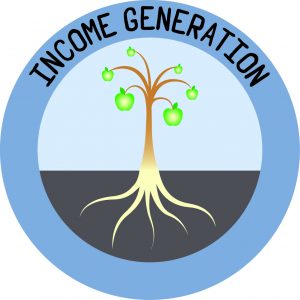
At the time of developing what would become the Lasting Difference, we were running workshops on relationship marketing (a particular set of tools and values that fit for the not-for-profit sectors wonderfully well). We were also supporting organisations with evaluation. And of course, the two are closely related. Organisations who can tell a compelling story about the impact of their work also happen to be the ones who are good at generating income. The second sustainability capability was therefore Impact measurement.
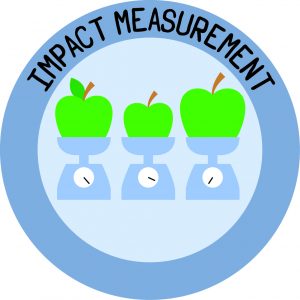
We focused on helping organisations with those two capabilities for a while. But getting funding and evaluating the difference it makes are not the start and end of a story, they are part of a cycle. Sustainability is a journey not a destination. he third capability involves Innovation and Improvement.
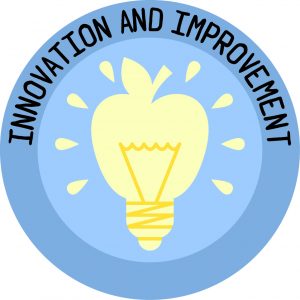
In real life, this story took place between 2012-2013. But the ideas didn’t come together as something we could call ‘sustainability’ until November 2014. That’s when we first heard the question that brought everything together. In a split second, sustainability went from three elements to four:[/vc_column_text][us_iconbox icon=”fa-angle-down ” color=”custom” icon_color=”#000000″ bg_color=”#ffffff” size=”110px”][/us_iconbox][/vc_column][/vc_row][vc_row height=”auto”][vc_column width=”1/2″][vc_column_text]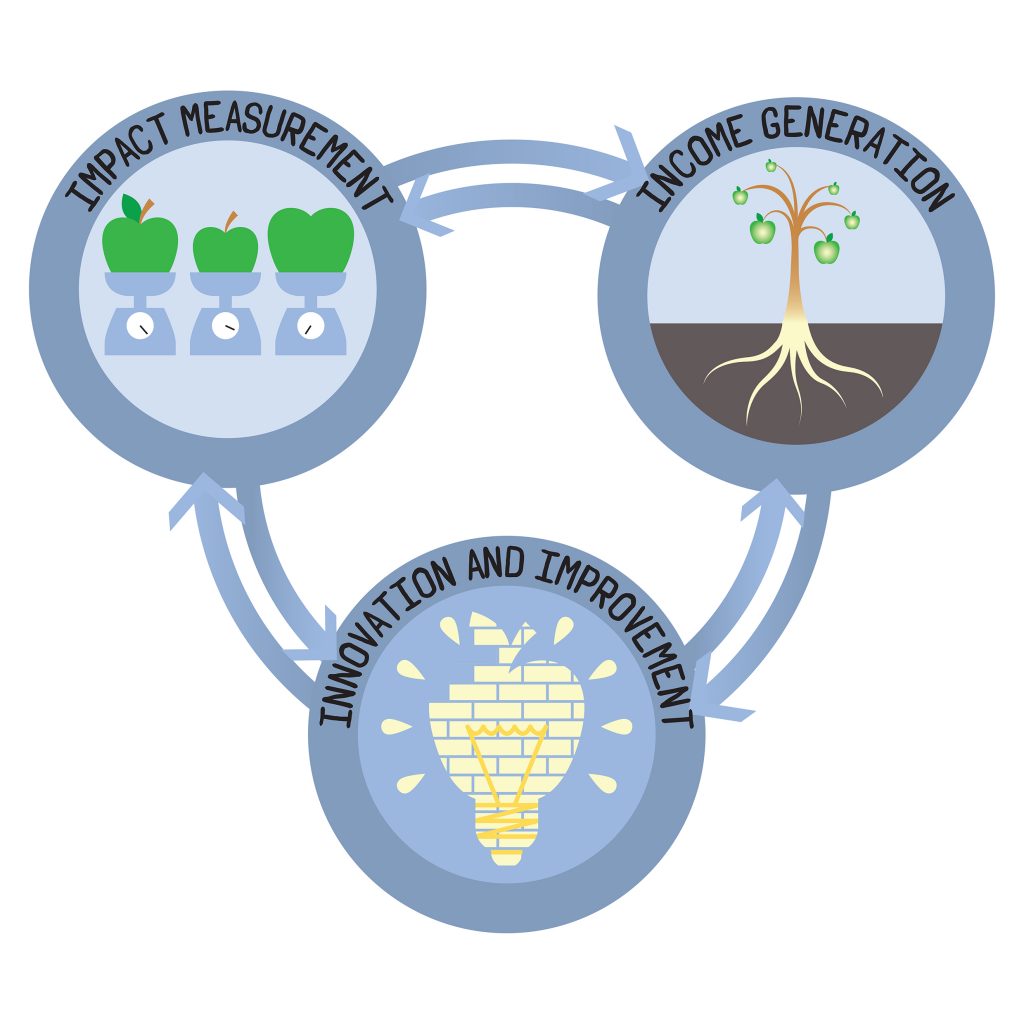 [/vc_column_text][/vc_column][vc_column width=”1/2″][vc_column_text]
[/vc_column_text][/vc_column][vc_column width=”1/2″][vc_column_text]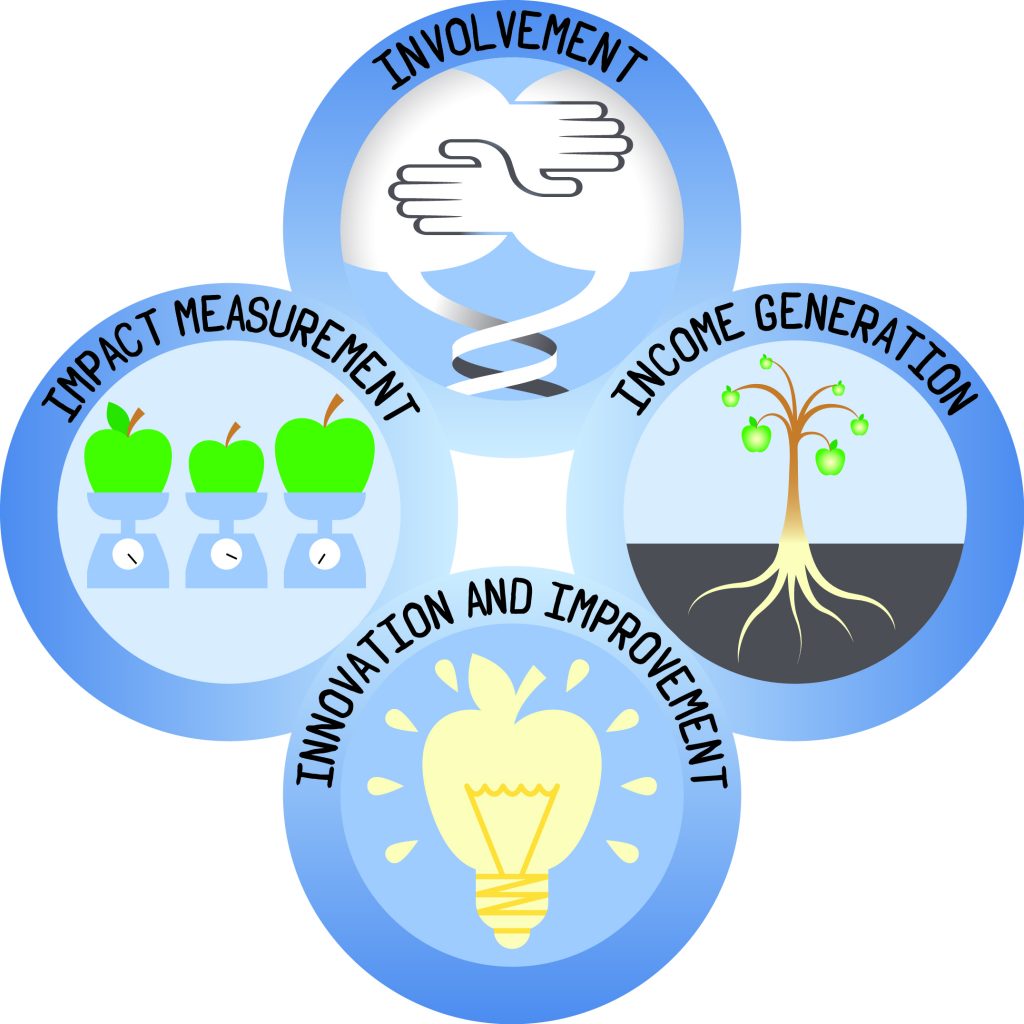 [/vc_column_text][/vc_column][/vc_row][vc_row][vc_column][vc_column_text]The question was asked by Alison Stevenson of Shared Care Scotland at a conference where we were launching our Consultation Toolkit. To encourage organisations to genuinely involve their communities in planning and sustaining projects, Alison asked ‘Who does your work belong to?’ It’s a powerful question. Like the questions and ideas in the Lasting Difference, it prompts many different thoughts and answers. It introduces the fourth and probably most important capability: Involvement. Find out more about the four capabilities here[/vc_column_text][/vc_column][/vc_row]
[/vc_column_text][/vc_column][/vc_row][vc_row][vc_column][vc_column_text]The question was asked by Alison Stevenson of Shared Care Scotland at a conference where we were launching our Consultation Toolkit. To encourage organisations to genuinely involve their communities in planning and sustaining projects, Alison asked ‘Who does your work belong to?’ It’s a powerful question. Like the questions and ideas in the Lasting Difference, it prompts many different thoughts and answers. It introduces the fourth and probably most important capability: Involvement. Find out more about the four capabilities here[/vc_column_text][/vc_column][/vc_row]
